The European Commission stated that the need to extend and adjust the safeguard measures was due to several factors. These include a high level of global steel overcapacity, increased exports from China to third countries and a decline in demand in EU countries. In particular, increased exports from China to Asia have boosted steel exports from these countries to the EU. Trade measures and other restrictions imposed by third countries have also made competition in the EU internal market more difficult.
The European Steel Association (EUROFER) welcomed the EU's move but emphasised the need for a long-term solution to global overproduction. EUROFER CEO Axel Eggert said that Europe has become a favourite export market for excess carbon-intensive capacity, threatening the EU's decarbonisation efforts. "This is a structural problem that threatens the existence of the entire EU cleantech value chain at a crucial moment in our transition," Eggert said.
According to EUROFER, the penetration of steel imports into the EU since 2021 has already exceeded the level recorded before the start of protective measures in 2018. This has a negative impact on the European steel industry, with global overcapacity increasing by almost 50 million tonnes from 2019 to 2023, reaching 36 million tonnes per year.
The Italian steel trade association Assofermet warned that the announced measures pose a significant risk to steel consumers in the bloc. According to the organisation, an annual deficit of more than 1.63 million tonnes will increase the costs of importers and processors and negatively affect their competitiveness. Assofermet called for the exemption of contracts signed before 31 May 2024 from the 15% cap and advocated for the easing of these measures.


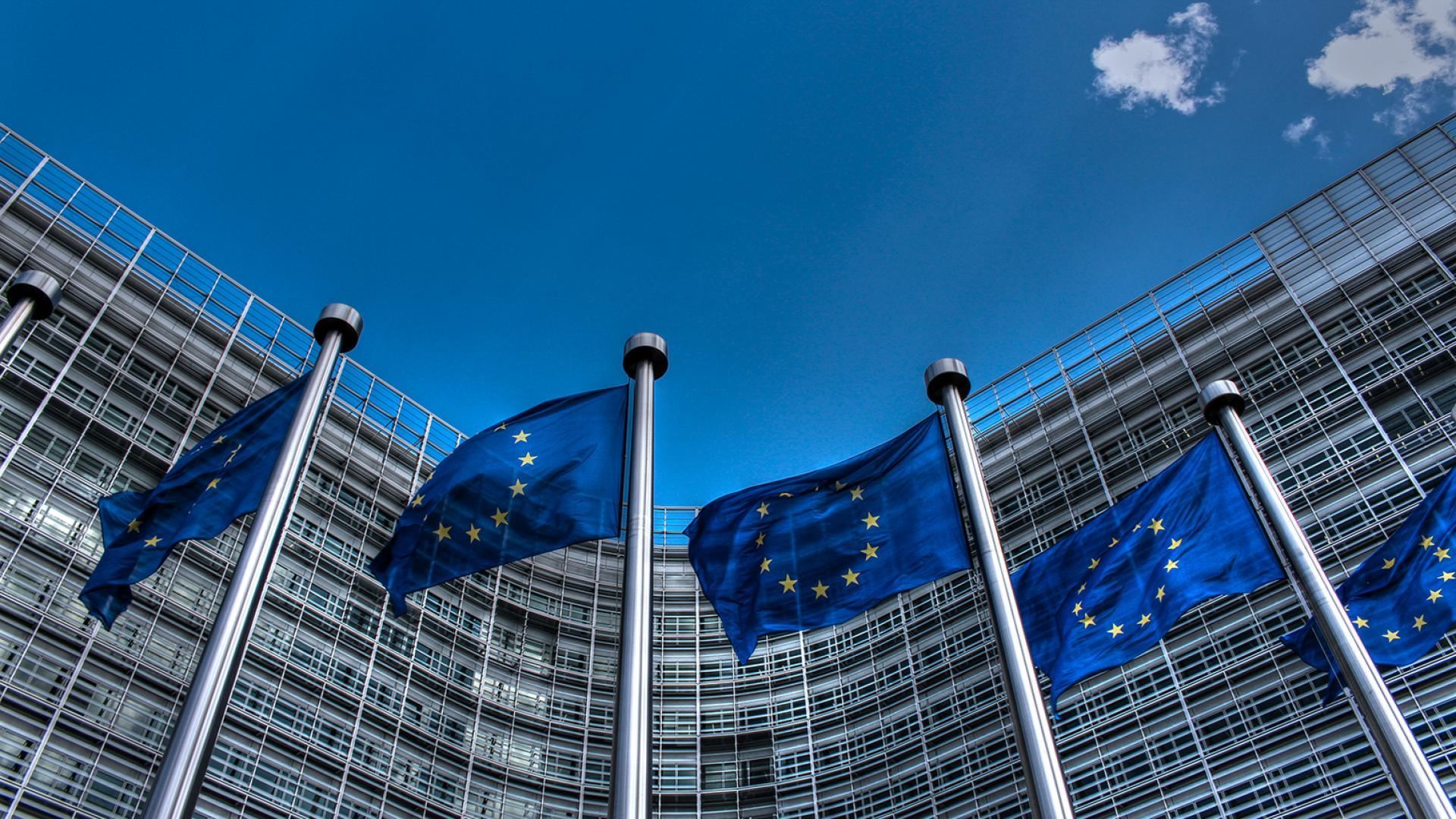

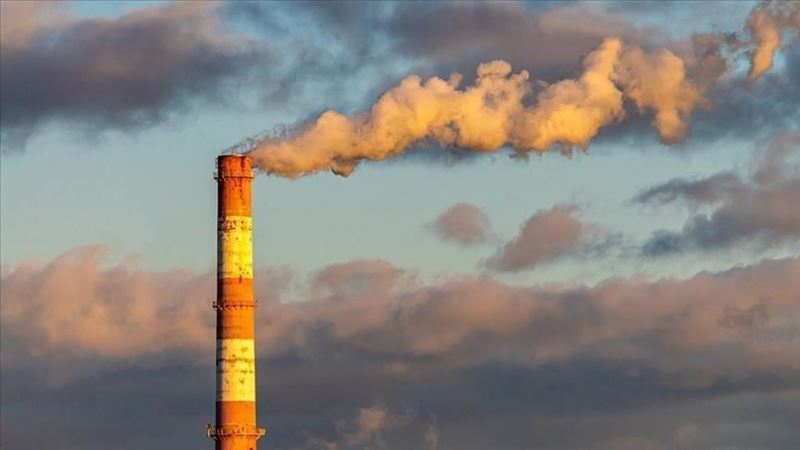
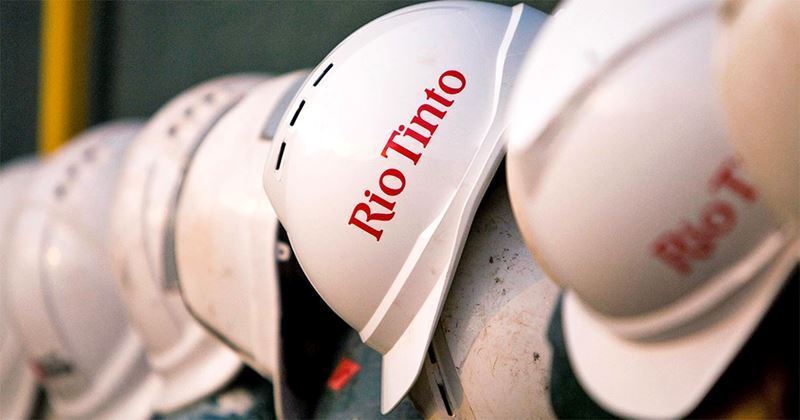
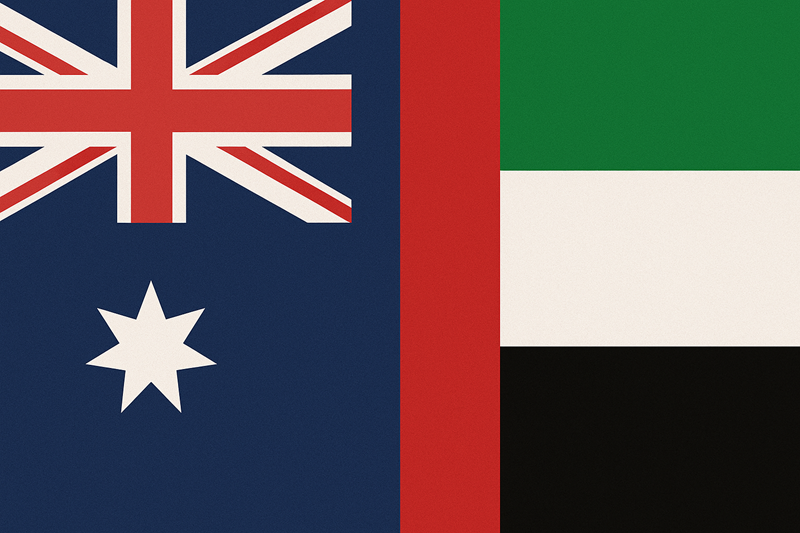
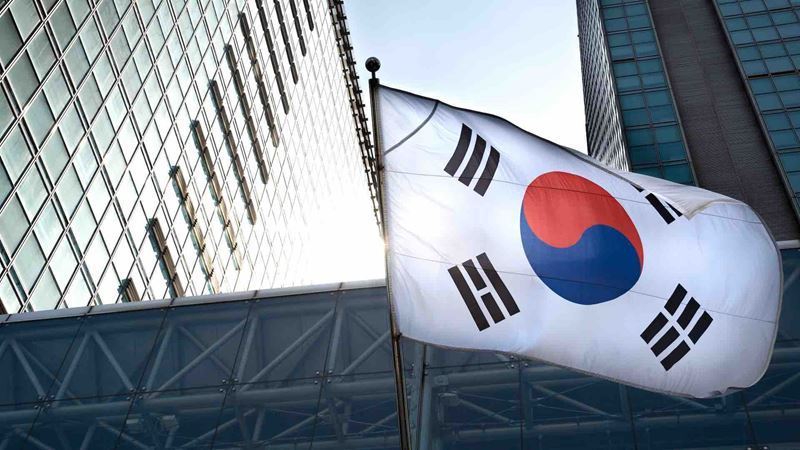
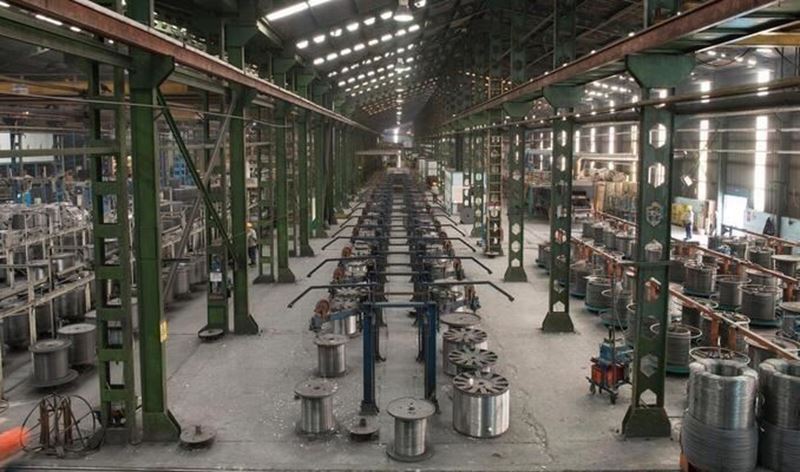


Comments
No comment yet.